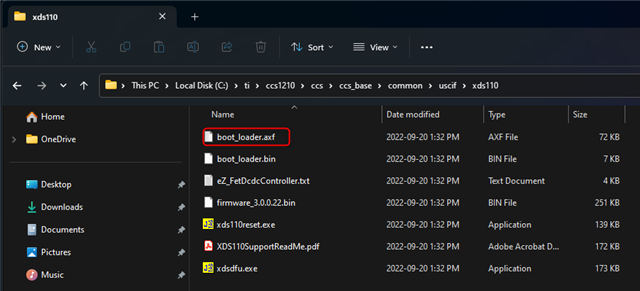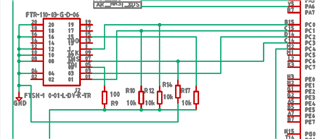Other Parts Discussed in Thread: UNIFLASH, TMDSEMU110-U, , TM4C1294NCPDT, AWR1843, AWR1843BOOST, MSP432E401Y
The device is not found by typing the command below.
If you connect TM4C129x directly with USB after bootloader.bin with UniFlash, it will be in the form of .
What should I do?
command
xdsdfu.exe -e
article that was written
Scanning USB buses for supported XDS110 devices...
Found 0 devices.






